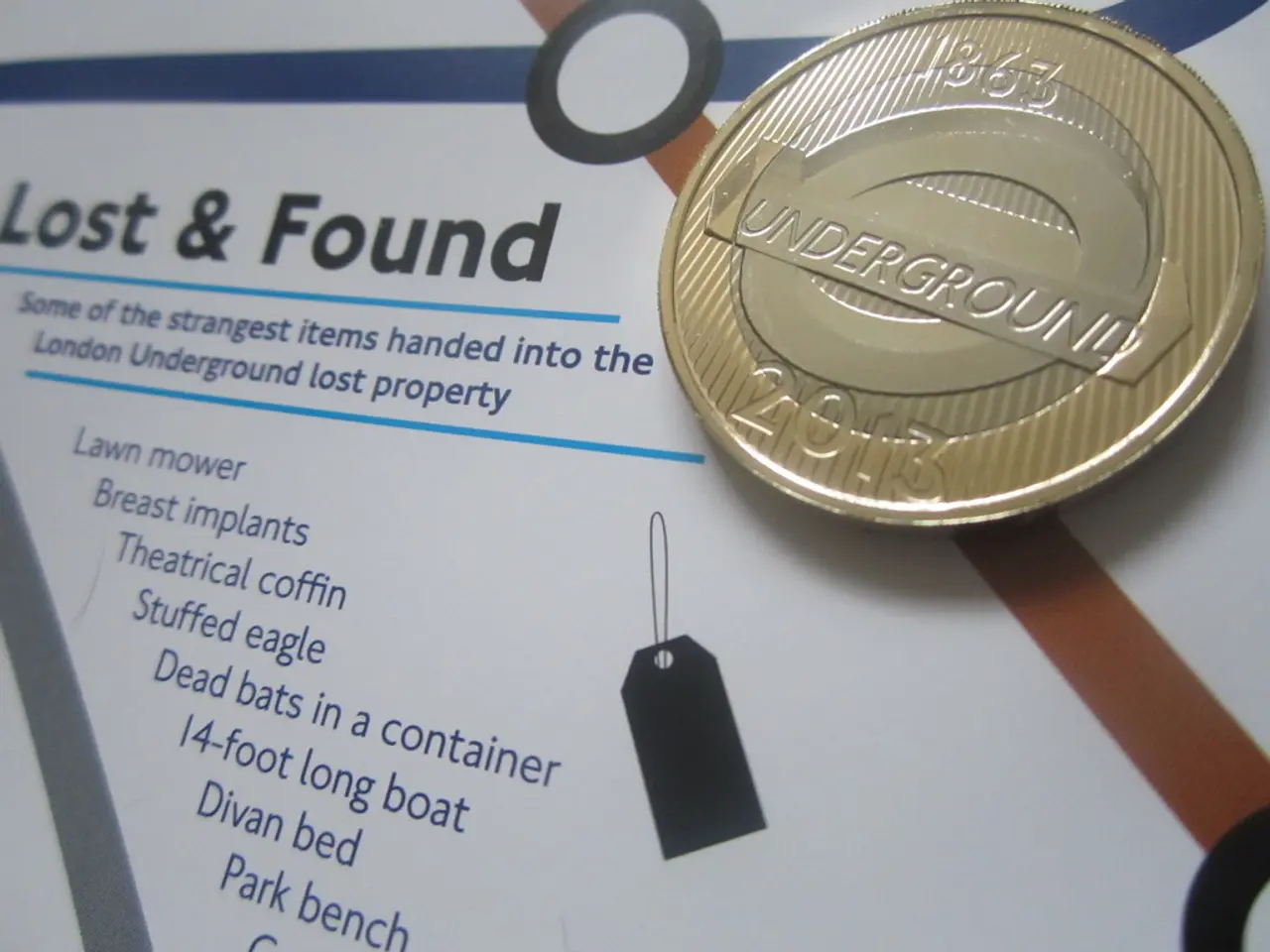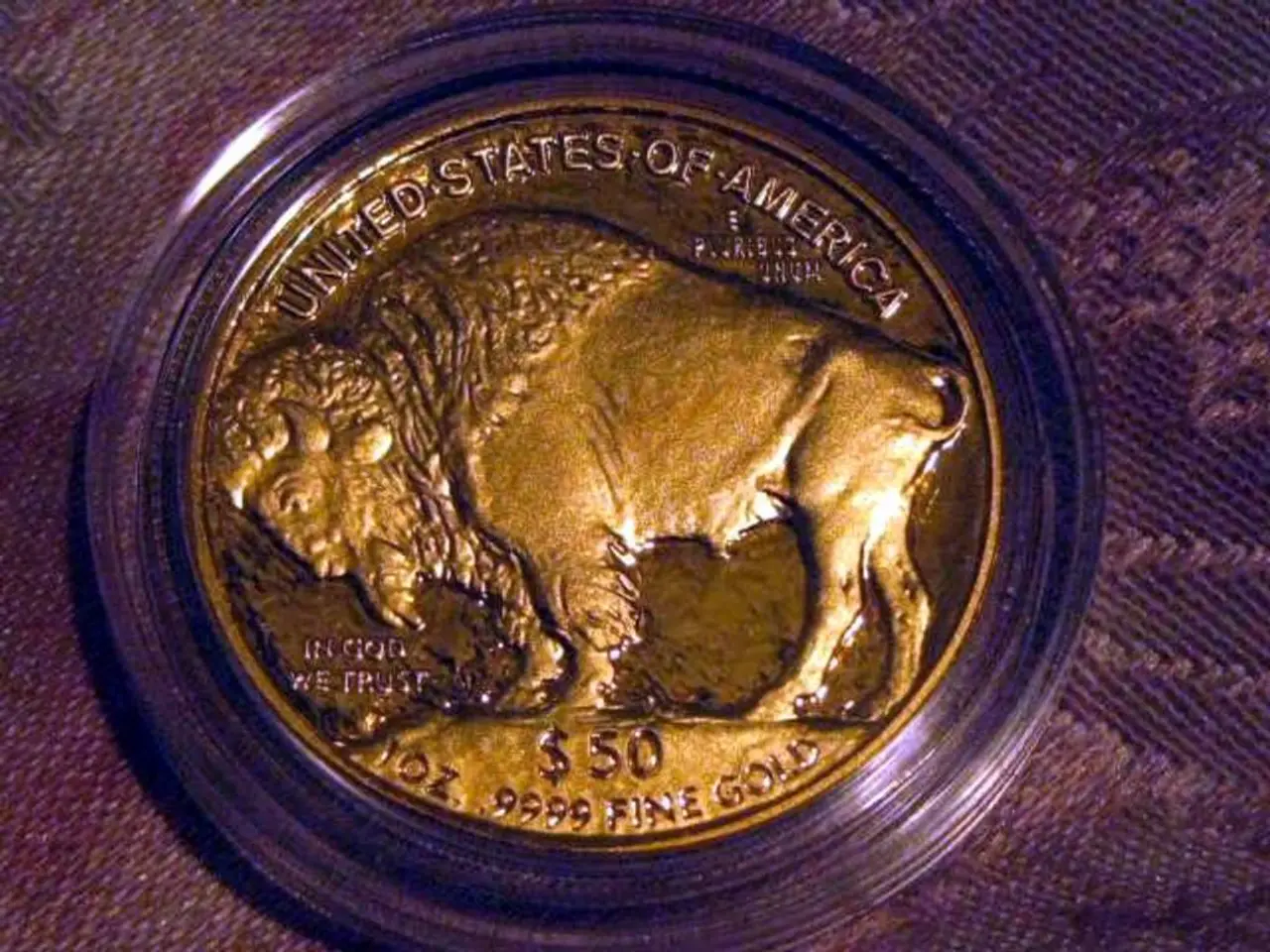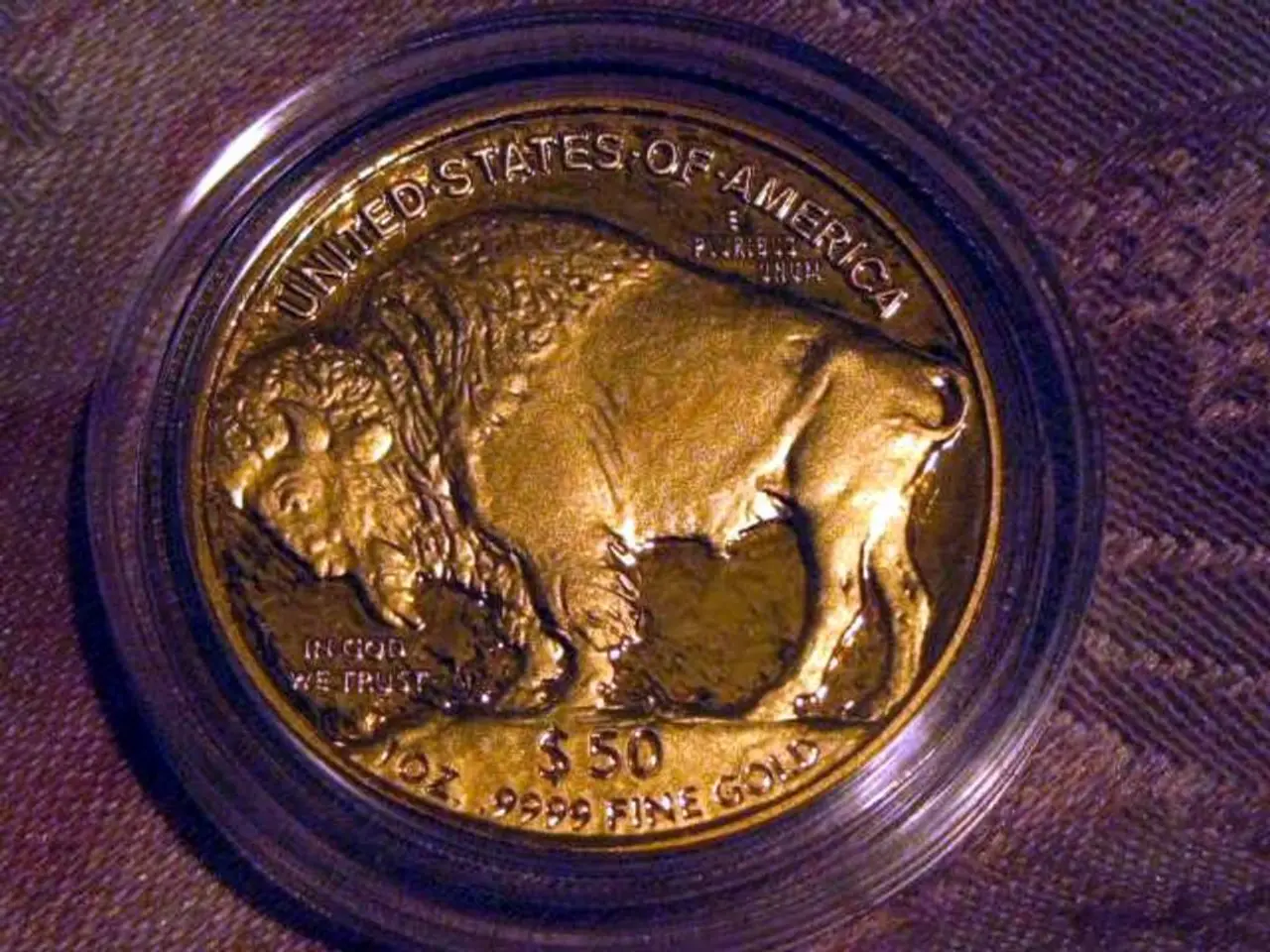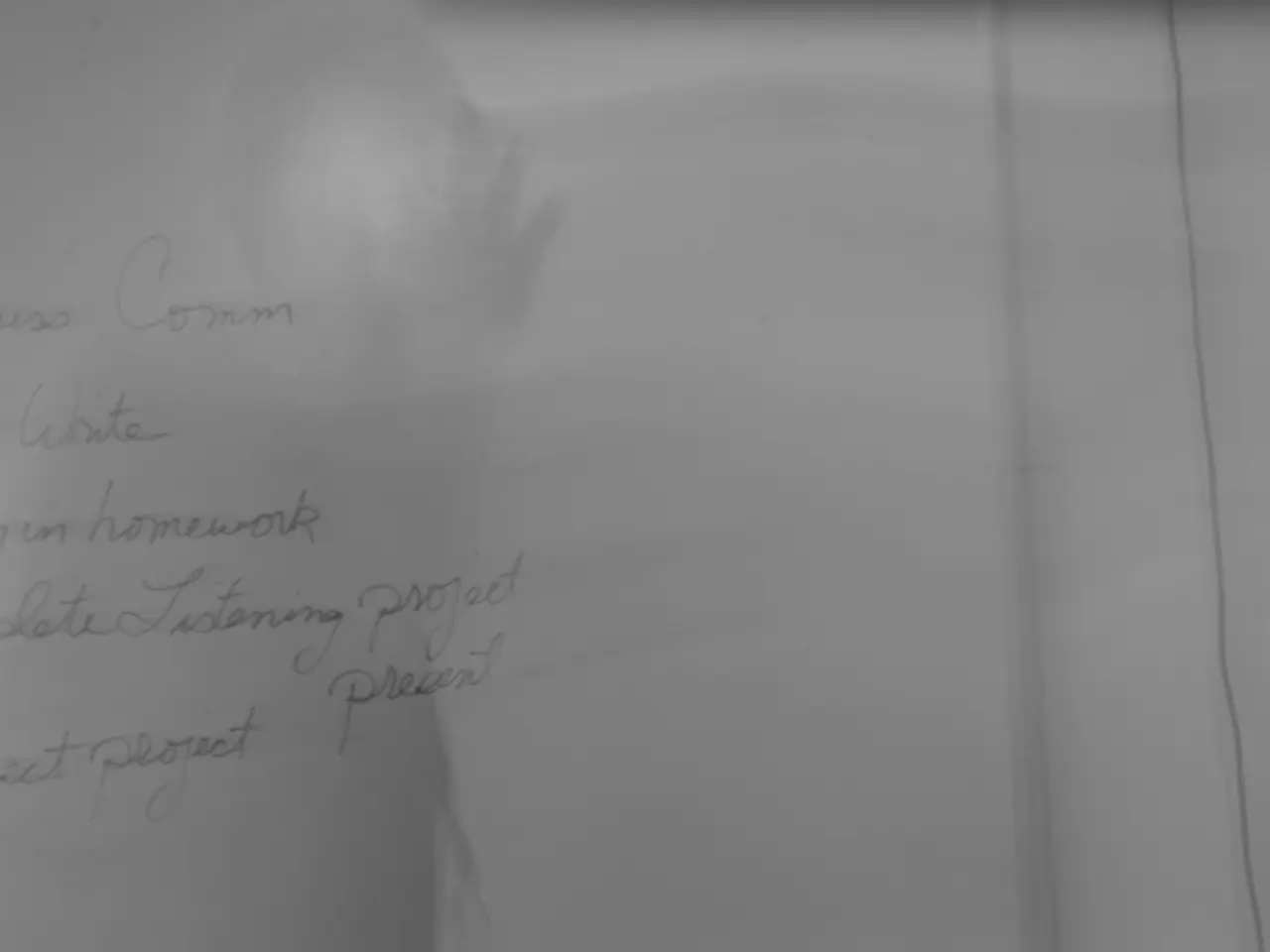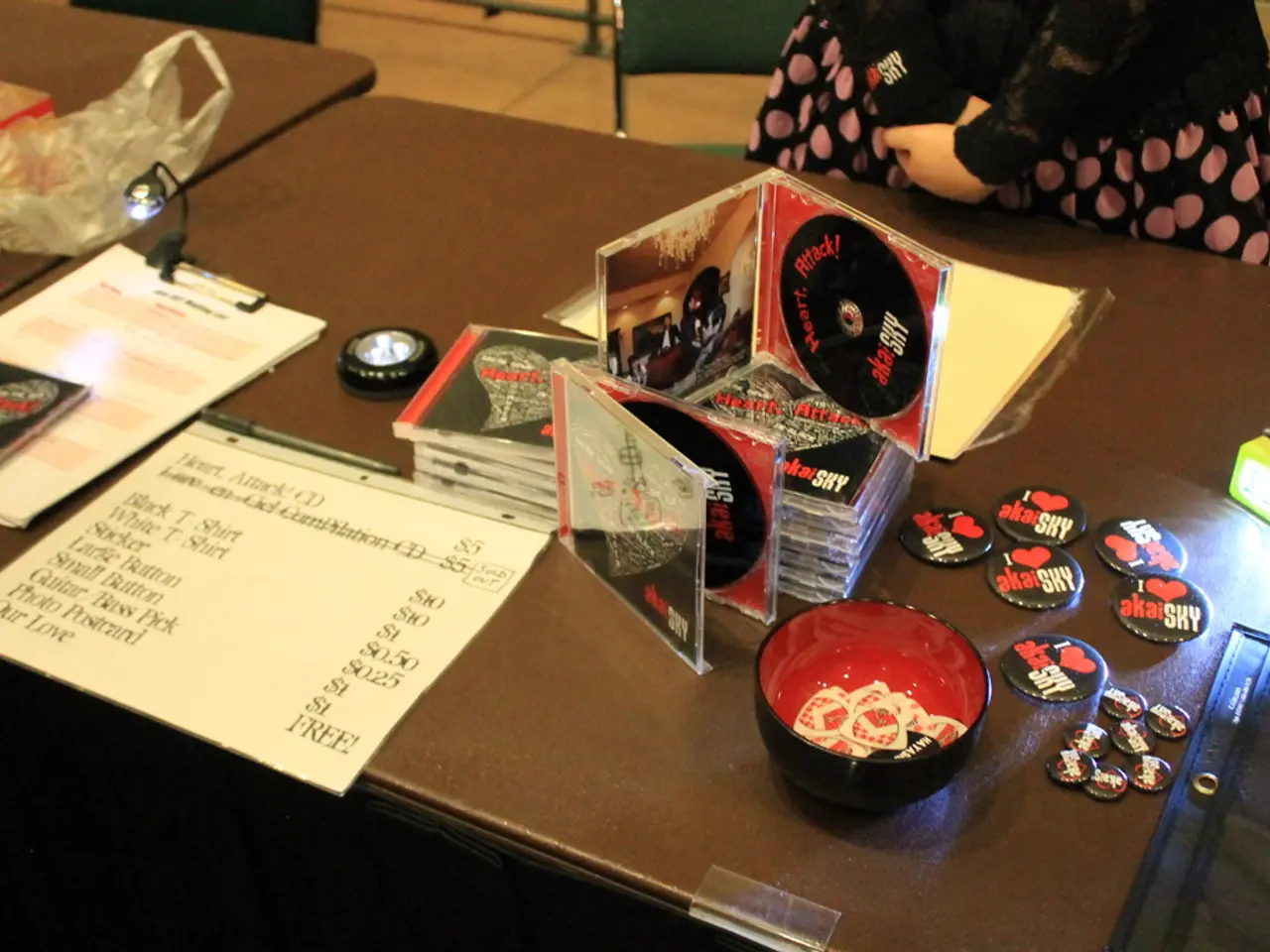Counterfeiters preferably opt for frequently used banknotes when forging Federal Bank notes.
======================================================================================
In the first half of 2025, Germany has seen an increase in the number of counterfeit banknotes and coins, according to the Bundesbank and police reports. Despite this rise, the overall financial damage remains relatively stable.
Increase in Counterfeit Banknotes
The increase in counterfeit 50-euro notes is primarily due to counterfeiters focusing on more common denominations like the €50 and €100 notes, which are frequently used in high-value transactions. As a result, the Bundesbank withdrew approximately 36,600 counterfeit euro banknotes with a face value of €2.1 million—an 8% rise compared to the latter half of 2024.
Counterfeit Coins on the Rise
The number of fake coins detected has also increased by 12%, surpassing 68,400 pieces. The largest single coin denomination, the 2 Euro coin, accounted for around 91% of the detected fake coins. The 20-euro note follows, with a share of 21%, and the 100-euro note with 17%. More counterfeit 5-euro banknotes were detected compared to 500-euro banknotes, with 585 pieces and 287 pieces respectively.
Prevention and Awareness
To combat this issue, the Bundesbank offers free training sessions on counterfeit prevention for banks, retailers, and other interested parties through its branch network. Online training modules are also available (in German) to help identify counterfeit money. For coins, suggested checks include examining the clarity of the coin’s motif, checking for color differences, inspecting edge inscriptions, and testing magnetic properties.
General advice includes carefully inspecting notes and coins for signs of blurriness, irregular surfaces, or other deviations from authentic currency characteristics. The Bundesbank advises citizens to be vigilant with counterfeit money, as anyone who accepts it is left with the loss. Passing on counterfeit notes to others is a criminal offense punishable by up to five years in prison.
Impact and Statistics
Although the volume of counterfeit notes increased, the overall financial damage has remained largely stable. Counterfeiting remains statistically low, with only about 9 counterfeit banknotes detected per 10,000 inhabitants. The European average was 13 counterfeit notes per 10,000 inhabitants last year.
Burkhard Balz, a member of the Bundesbank's board, assures citizens that it is still very unlikely to come into contact with counterfeit money in Germany, with the mathematical probability equating to nine counterfeit banknotes per 10,000 inhabitants.
Suspected Counterfeit 200-euro Notes
Officers suspect that the seized counterfeit 200-euro notes were intended for a fraud scheme, not a Serbian wedding tradition, as initially suspected. At a border control, police seized more than 5,500 counterfeit 200-euro notes.
Sources: Bundesbank on Counterfeit Money, ECB on Security Features, Police Crime Prevention on Counterfeit Money.
[1] Bundesbank (2025). Counterfeit money: Facts and figures. Retrieved from www.bundesbank.de [2] Bundesbank (2025). Counterfeit money: Prevention and detection. Retrieved from www.bundesbank.de [3] European Central Bank (2025). Security features of euro banknotes. Retrieved from www.ecb.europa.eu [4] Police Crime Prevention (2025). Counterfeit money: The risks and how to avoid them. Retrieved from www.police.uk
The surge in counterfeit banknotes and coins has been a concern in the general-news sector, particularly within the finance industry. The increase has led to a heightened need for prevention and awareness from the Bundesbank and other authorities.
With the rise in the detection of counterfeit coins, especially the 2 Euro coin, there have been discussions around crime-and-justice implications, with authorities suspecting some counterfeit money seizures to be connected to fraud schemes, not traditional, or cultural practices.
